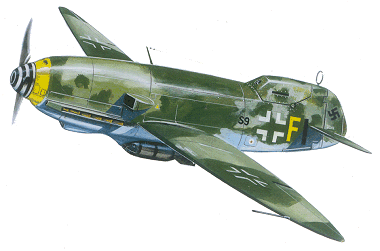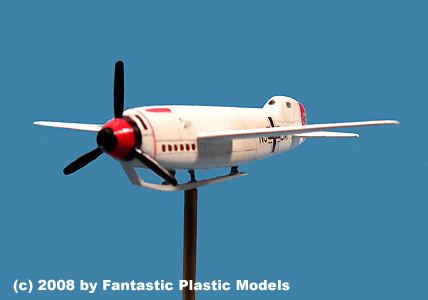Top speed 560 km/h Length 7.2 m | Wingspan 6.5 m | |
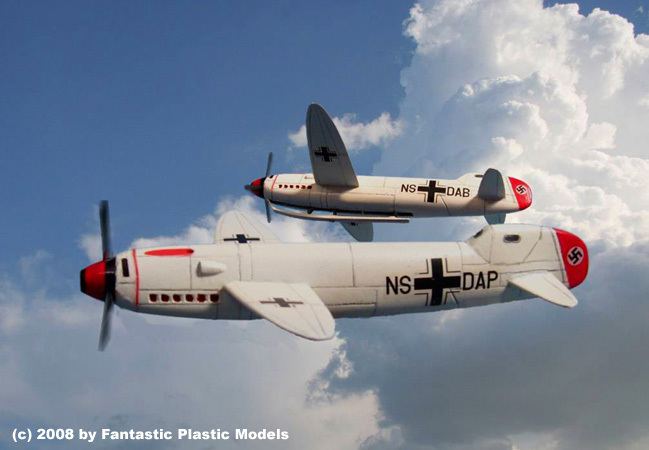 | ||
Ksp h tter h 136
The Hütter Hü 136 was an experimental dive bomber design produced by German engineers Wolfgang and Ulrich Hütter during World War II.
Contents
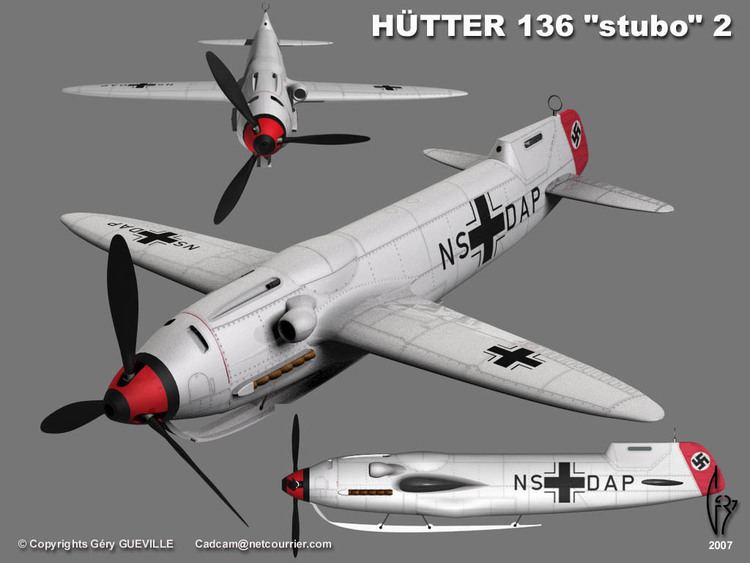
The Hütters, best known as glider designers, responded to Reich Air Ministry calls for high-performance, strongly built dive bombers. The Sturzbomber or Stubo specification came in two parts: Stubo 1, a single-seater with the flight capabilities of a fighter but armoured and with a 500 kg (1,100 lb) bombload; and Stubo 2, a two-seat bomber with similar performance but a 1,000 kg (2,200 lb) bombload.
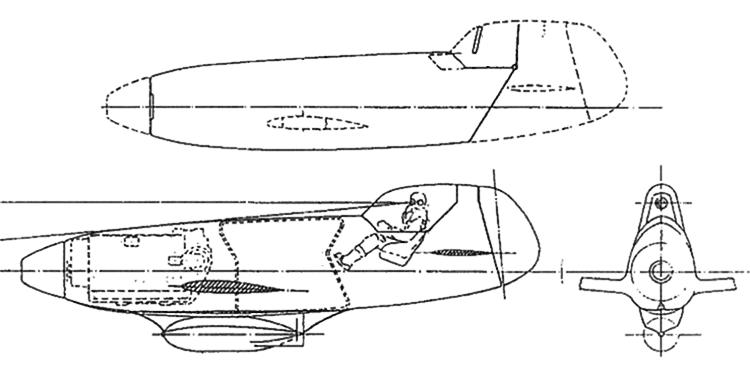
The Hü 136 aircraft featured a groundbreaking design that placed the pilot's cockpit at the rear, integrating it into the vertical tail structure. This aircraft was designed without a traditional undercarriage, instead using a detachable dolly for takeoff and a retractable skid for landings. To prevent potential damage from ground contact during landing, the design included a mechanism for ejecting the propeller prior to touchdown, allowing it to descend safely by parachute.
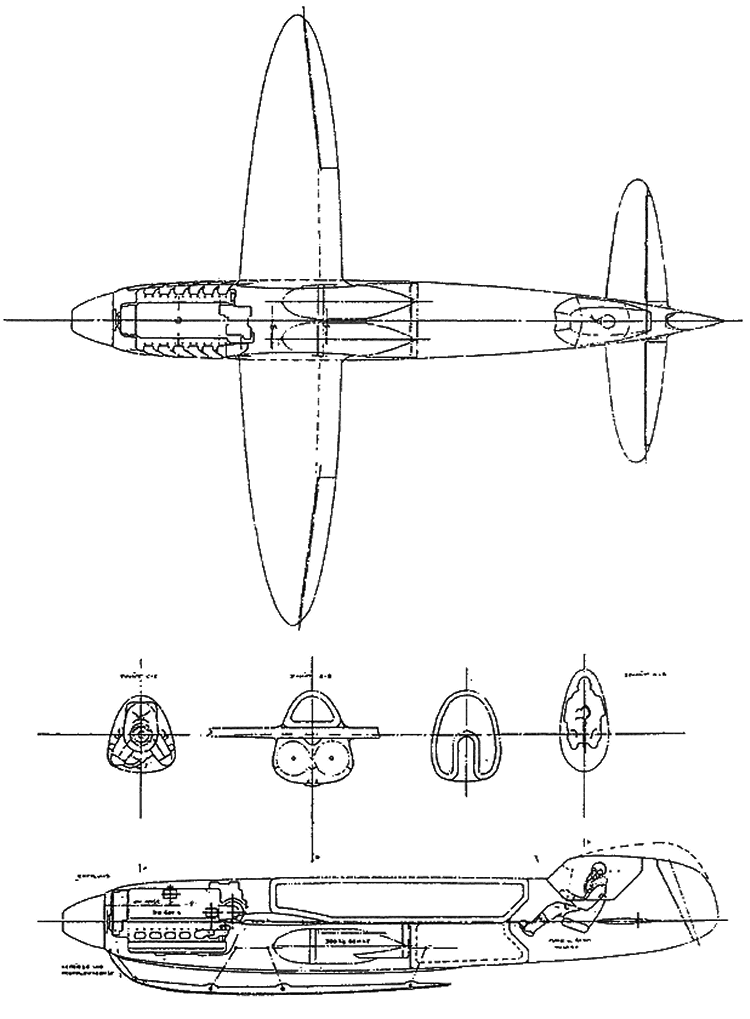
The German Air Ministry (Reichsluftfahrtministerium) did not pursue the design, preferring to adopt the existing Henschel Hs 129.
Specifications
Data from Luftwaffe secret projects : ground attack & special purpose aircraft
General characteristics

Performance
Replica
One replica is on display at the Military Aviation Museum in Virginia Beach, Virginia.
